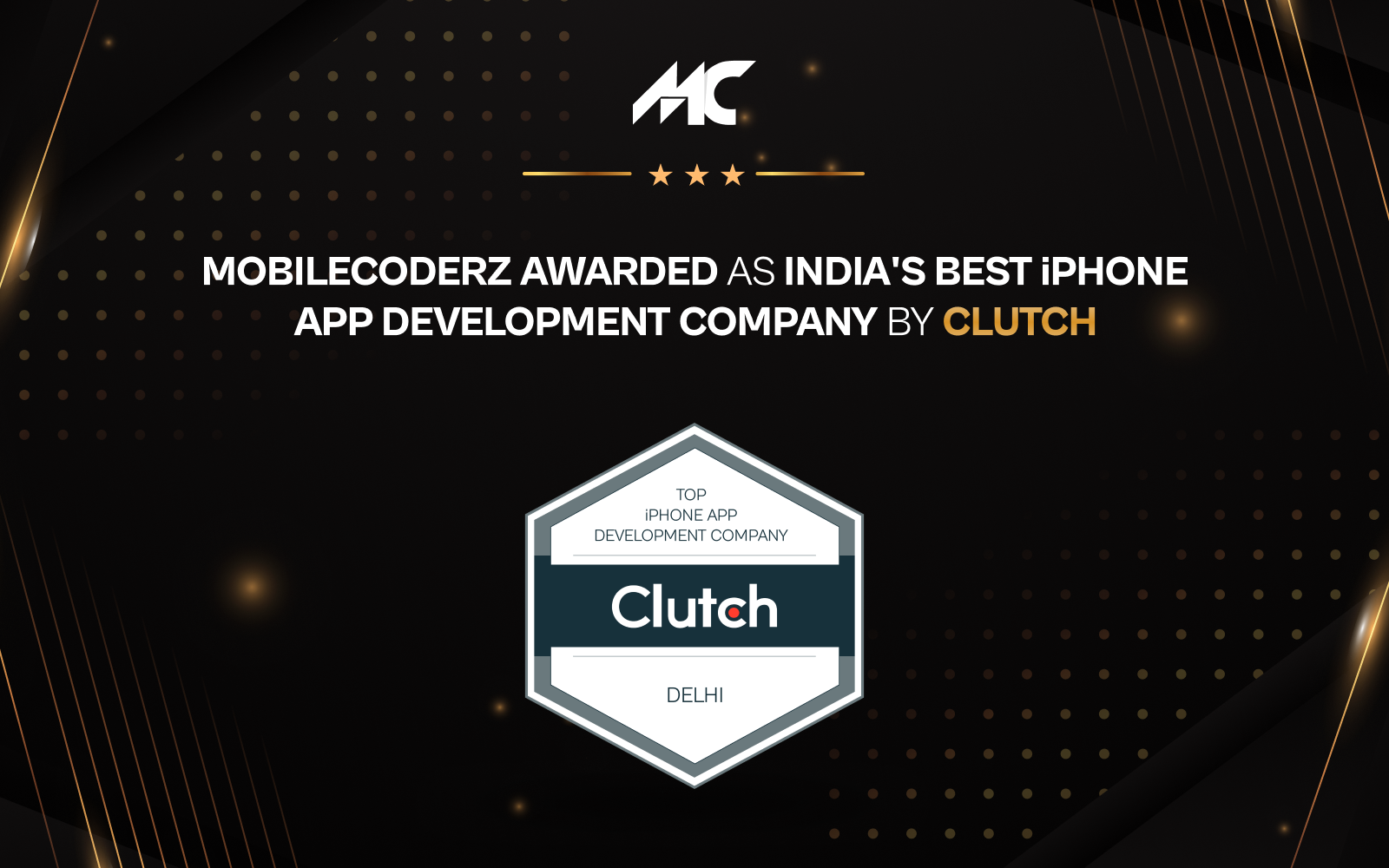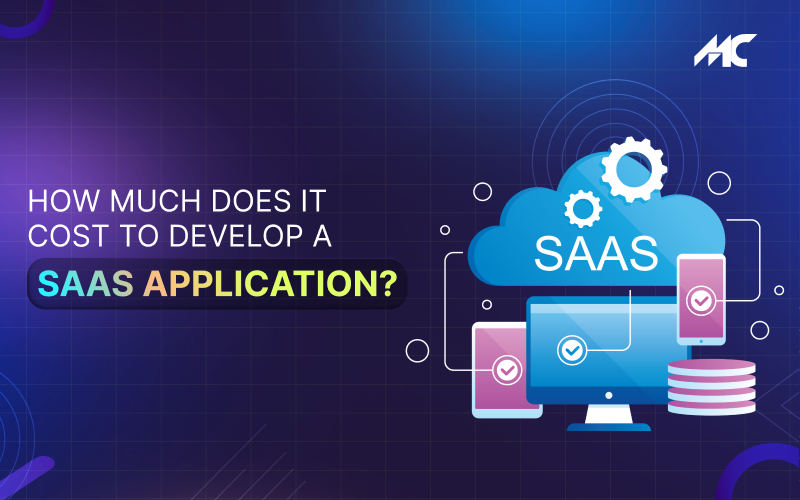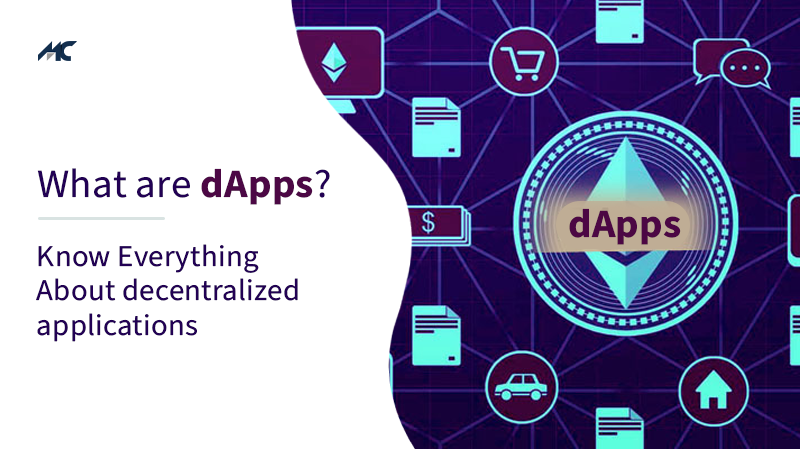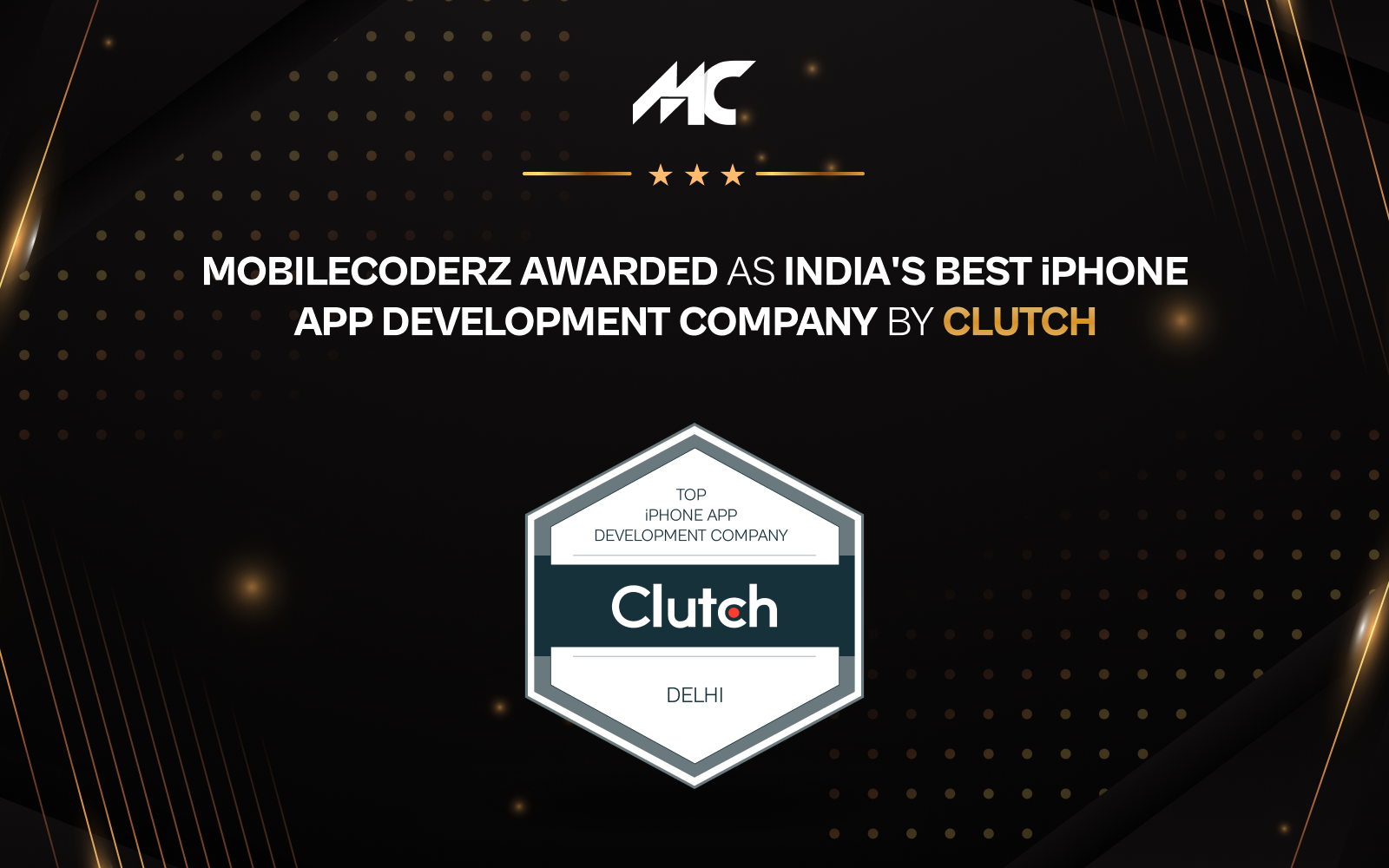Know Everything About dApps (Decentralized Applications)
The world of technology is among the most active segments in the universe. In one moment, the entire world is awash with technology and then suddenly, technology is obsolete. The same goes for the app world. Many frameworks, tech stacks, and languages are accessible to build an app. However, developers aren’t sure of one particular framework that will give the best outcomes. As the world adapts to traditional applications and the entire ecosystem is also changing. With the dramatic trend toward dApps decentralized applications, the finance, gaming, and online markets, and social media are also adopting Blockchain-incorporated dApps.
Decentralized applications, also known as dApps, are a new type of software that is not owned or controlled by a single entity, is not shut-off, and do not be down for any period of time.
- Decentralized Applications (dApps): All About Them
- Blockchain & dApps: The Possible Connection
- Major Aspects of the dApps in Blockchain
- Decentralized Apps: Architecture & Criteria
- Ethereum dApps: The Silver Lining of dApps
- Decentralized App Development: Should we Choose or Not?
- Decentralized Apps: The Future Lies With Us
Decentralized Applications (dApps): All About Them
dApps are all computer-based applications that are distributed through a network of computer nodes instead of one server.
The idea of a decentralized application was made possible through Blockchain-based platforms which allow smart contracts. The initial one is Ethereum (ETH). Apart from being a traditional currency, Ethereum dApps also supports something known as the Ethereum Virtual Machine (EVM). It is described as an electronic computer that’s stated at any time is completely defined through an algorithm for consensus.
EVM is Turing-complete. That means it is able to execute any operation that a normal computer should be able to execute. It also has its own language for programming called Solidity. It allows programmers to create and run any software they would like to run on EVM in an independent manner. Due to the manner in which they’re executed, DApps are able to provide the same high-quality service as traditional applications.
Blockchain & dApps: The Possible Connection
Since Bitcoin was launched over 10 years ago, Blockchain protocols are continually being refined and developed for new capabilities. There is now a growing market of decentralized applications (dapps) that are built on Blockchain technology. dApps development services covers everything from finance, gaming, to browsing the web and collecting art.
While the majority of dApps are created using Ethereum however, all dapps are created with Blockchain technology. These dApps depend on Blockchains to process data via distributed networks and to execute transactions using smart contracts. Smart contracts are self-executing, automated agreements that allow transactions between two parties to be smooth, swift, fast, and automated. These are the big major components of dApp technology. They can be combined to make powerful software that is applicable across a variety of sectors.
As developers create apps for mobile and desktop computers, dApp developers create applications that work on particular Blockchain platforms. The majority of decentralized app development takes place built on Ethereum dApps Blockchain. This is why the Ethereum Blockchain powers the majority of activities within the dApp development services.
Major Aspects of the dApps in Blockchain
The Blockchain dApps are based on Blockchain to control the actor that is in the Blockchain network. Their fundamental logic is based on smart contracts. Let’s talk about the various aspects of decentralized apps in Blockchain in a brief manner:
1. Front-End of dApps
The front-end interface or the interface of decentralized apps is like web applications. The front-end technology they use is the same technologies that traditional web apps do. Web applications use CSS, HTML, & JavaScript to build and display an online page. The page communicates with an underlying database that stores all app information. The interfaces of decentralized applications are similar that are mostly based on their intended purpose and use.
2. Back-End of dApps
In this section, we will look at web applications to understand how they function in the backend. Web apps make use of API for processing the data in their server. Decentralized app development utilizes wallets that connect to the Blockchain system. The wallet in a dApps is responsible for managing its Blockchain address and cryptographic keys. These are the unique 30 references to the application’s use.
Similar to APIs that work in web-based applications, wallets function in applications that use Decentralized Application Development Services. They initiate the functions of smart contracts in apps that communicate with Blockchain..
Decentralized Apps: Architecture & Criteria
The rise of dApps is inevitable as shown in the graph above. While it is evident that dApps development services structure is different from traditional platforms, the definition of dApps is still being determined. But the definition of it is generally accepted that a dApp generally meets four primary requirements:
- Due to its open-source nature, any modifications to the protocol need to be negotiated among the network’s users.
- Data from a dApp has to be kept on a Blockchain being decentralized.
- Decentralized app development requires the creation of digital assets which act as proof of worth.
Bitcoin is classified as a decentralized application since it fulfills the four requirements. Let’s look at the decentralized app development specifications for Bitcoin:
- Bitcoin runs using open source code.
- Bitcoin data resides within the cryptocurrency.
- Bitcoin creates coins functioning from mining.
- Bitcoin gives the bitcoin currency to mining companies to be used as a reward for mining.
A lot of cryptocurrencies can be classified as basic versions of dApps without smart contracts. A Blockchain can be classified as a dApps. Blockchains may host dApps with their own Blockchains, for instance, Bitcoin. Decentralized applications, not dependent on Blockchain, could be built on top. We are talking about the case with a lot of the dApps which run on Ethereum.
Ethereum dApps: The Silver Lining of dApps
The past, present, and future lie with Ethereum (2015-2021 trends shown in the graph above) and Bitcoin. Certain experts believe that the initial app to be considered a dApp is bitcoin. But Blockchain technology has advanced from that point. Today, we have a myriad of dApps in the market.
When you’ve heard about blockchain or cryptocurrency, you’ve probably read about Ethereum as well. While bitcoin is the dominant cryptocurrency, Ethereum dApps dominates the field of Decentralized Application Development Services.
Ethereum app’s goal was to offer an alternative for decentralized app development and had high security and scaling.
Developers can make use of Ethereum Virtual Machine to create smart contracts. Additionally, Ethereum dApps has its programming language too, called Solidity which gives developers more power.
To become an expert in dApps, it is necessary to become acquainted with Ethereum. BAT, as well as Golem, are two well-known dApps that work on Ethereum. They boast greater than one million dollars of market capitalization.
Decentralized App Development: Should we Choose or Not?
dApps encourage decentralization, making them impervious to manipulation and records cannot be altered. Since dApps are built on the secure Blockchain network they provide a superior level of security, and are impervious from intrusions and hacks.
- Processing of payments faster and with less hassle, without the need for integrating the payment gateway to accept money.
- The security of data is extremely high due to smart contracts controlled through private keys.
- Data records that are reliable as users have access to the public Blockchain for verification of the authenticity of transactions.
You need an experienced Blockchain developer with knowledge to work with complicated frameworks. To create a decentralized app development, you’ll need an experienced and reliable partner with wealthy experience in deploying successful apps. MobileCoderz, an established Mobile & Blockchain development company, has been operating in the dApps domain for a long time. Our team provides specialized Blockchain solutions for a variety of sectors. With your idea and our hard-working efforts, our experts will make you a big name in the app world with the best Decentralized Application Development Services.
Decentralized Apps: The Future Lies With Us
While Bitcoin is arguably the first decentralized application, Ethereum dApps has since become the primary driver for growth for the dapps decentralized applications ecosystem. It is in large part due to its smart contracts, the network effect, and its user base. With the growing decentralized finance (DeFi) industry, the market grows in its applications and popularity, dapps present an essential way to reach new audiences through the use of user interfaces that mimic traditional web applications. Moreover taking advantage of the capabilities that Blockchain has to offer. As a result, the dapps are in numerous ways enhancing the capabilities of the internet using Blockchain technology.
Whatever the Blockchain is in use and the Blockchain’s underlying technology, curiosity in dapps decentralized applications is growing rapidly. The trend is only beginning. Blockchain technology continues to advance at a rapid speed and expands. It’s likely that gaming, finance, and other major markets will eventually all become Blockchain-based applications.
-

 Mobilecoderz Awarded as India’s Best iPhone App Development Company by Clutch
Mobilecoderz Awarded as India’s Best iPhone App Development Company by Clutch -

 How Much Does It Cost to Develop a SaaS Application?
How Much Does It Cost to Develop a SaaS Application? -

 Mobilecoderz recognized as the Top App Development Company in Saudi Arabia by GoodFirms
Mobilecoderz recognized as the Top App Development Company in Saudi Arabia by GoodFirms










